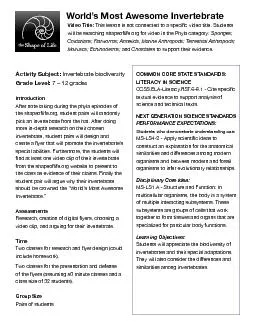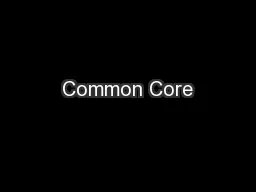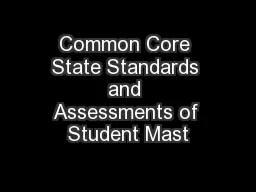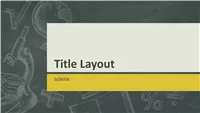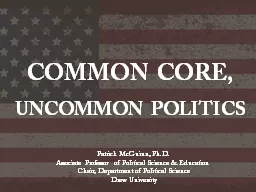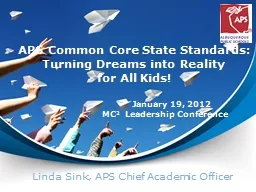PDF-COMMON CORE STATE STANDARDS:
Author : trish-goza | Published Date : 2015-08-18
LITERACY IN SCIENCE CCSSELALiteracyRST681 Cite specix00660069c textual evidence to support analysis of science and technical texts NEXT GENERATION SCIENCE STANDARDS PERFORMANCE
Presentation Embed Code
Download Presentation
Download Presentation The PPT/PDF document "COMMON CORE STATE STANDARDS:" is the property of its rightful owner. Permission is granted to download and print the materials on this website for personal, non-commercial use only, and to display it on your personal computer provided you do not modify the materials and that you retain all copyright notices contained in the materials. By downloading content from our website, you accept the terms of this agreement.
COMMON CORE STATE STANDARDS:: Transcript
Download Rules Of Document
"COMMON CORE STATE STANDARDS:"The content belongs to its owner. You may download and print it for personal use, without modification, and keep all copyright notices. By downloading, you agree to these terms.
Related Documents

